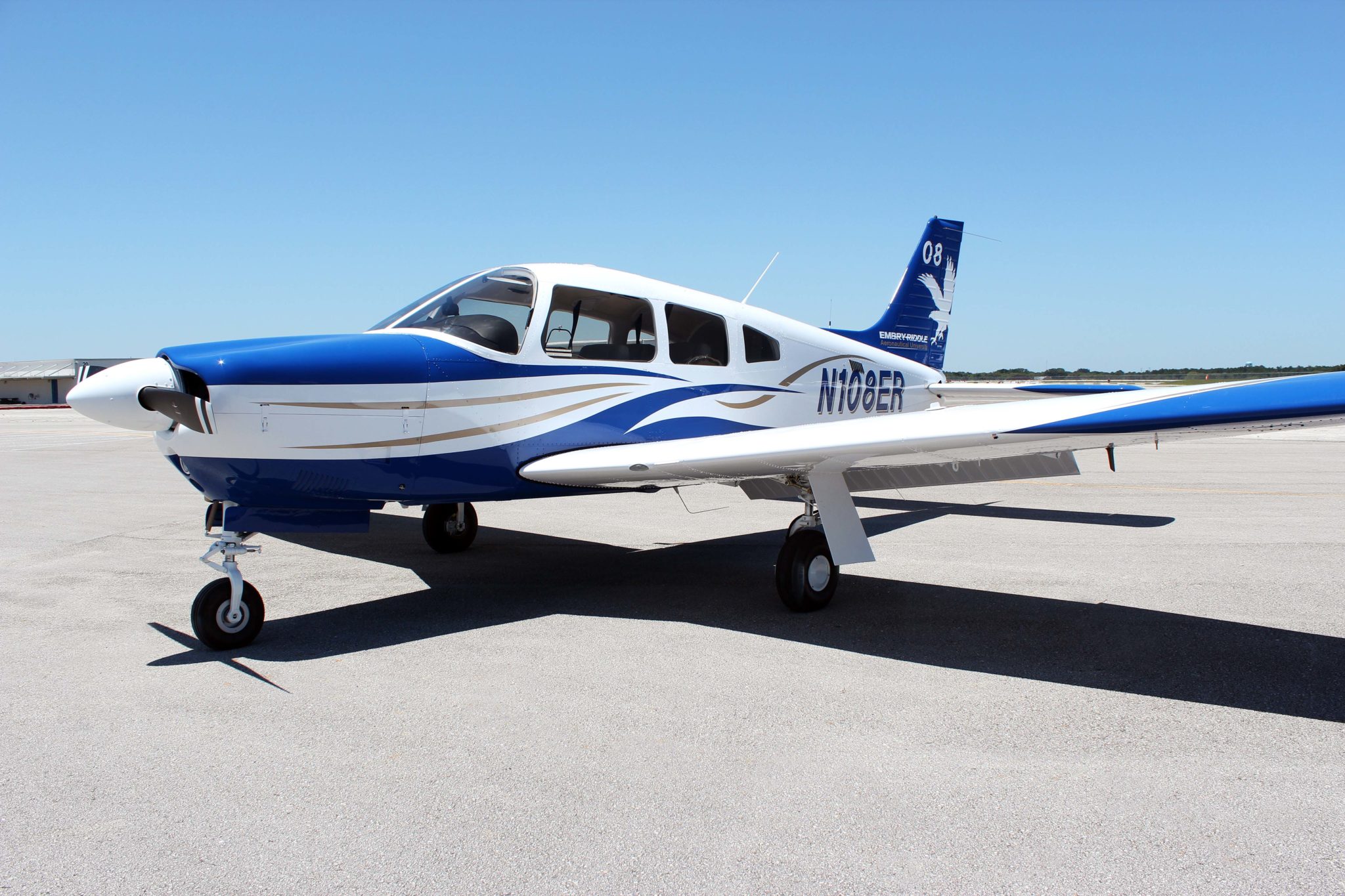Piper Arrow’s Impact on Private and Commercial Aviation
The Piper Arrow, renowned for its versatility and engineering ingenuity, has carved a significant niche in the aviation world. Designed to cater to both private pilots and commercial operators, the Arrow has seen extensive use over the years, influencing the structure and dynamics of aviation practices. This article delves into the revolutionary design characteristics that have cemented the Piper Arrow’s place in the industry and explores how it has shaped the private and commercial aviation sectors.
Revolutionary Design Elevates Piper Arrow’s Status

The Piper Arrow’s design is a testament to innovative engineering that balances performance, safety, and cost-effectiveness. Introduced in the late 1960s, the Arrow features a retractable landing gear, which was a notable advancement over its predecessors and significantly enhanced aerodynamic efficiency. This design choice allowed it to achieve higher speeds and improved fuel economy, making it an attractive option for both training and personal use. The Arrow’s constant-speed propeller and its reliable Lycoming engine further contribute to its reputation as a robust and versatile aircraft.
Another significant aspect of the Piper Arrow’s design is its accommodating cabin layout. With seating for four, the Arrow combines comfort with functionality, making it ideal for leisure trips and business travel. The intuitive cockpit design is equipped with user-friendly instrumentation, catering not just to seasoned pilots but also to those in the earlier stages of flight training. This blend of comfort and usability has made the Arrow a favorite among flying clubs and aviation academies worldwide, solidifying its legacy as a training aircraft par excellence.
The Arrow’s wing design, often referred to as the “Hershey Bar” wing due to its rectangular shape, provides excellent stability and handling characteristics, particularly at lower speeds. This feature makes it an exceptional platform for novice pilots transitioning from fixed-gear trainers to more complex aircraft. The Piper Arrow’s design not only exemplifies engineering excellence but also represents a leap forward in aircraft innovation, setting a benchmark for future developments in general aviation.
Transforming Private and Commercial Aviation Sectors

The introduction of the Piper Arrow marked a transformative period in private aviation, offering a bridge between basic trainers and high-performance aircraft. This accessibility enabled more pilots to experience complex aircraft operations, thereby elevating overall proficiency across the pilot community. As a result, the Arrow became a stepping stone for many private aviators aspiring to transition into commercial aviation roles, contributing to a higher caliber of pilot training and expertise.
In the commercial aviation sector, the Piper Arrow has played a pivotal role in flight training programs. Flight schools across the globe have incorporated the Arrow into their curricula, utilizing its advanced features to prepare pilots for the demands of commercial flying. The aircraft’s ability to mimic the handling characteristics of more sophisticated commercial planes provides students with invaluable experience, thus enhancing their preparedness for airline operations and other commercial aviation careers.
The Arrow’s influence extends beyond training, as its reliability and performance make it suitable for various commercial applications, including aerial survey work, air taxi services, and light cargo transport. Its adaptability ensures it remains a viable option for businesses seeking cost-effective solutions in aviation operations. The Piper Arrow has not only transformed individual pilot experiences but has also significantly impacted the operational efficiency and training methodologies within the commercial aviation sector.
The Piper Arrow continues to be a cornerstone of the aviation industry due to its revolutionary design and its ability to adapt to the evolving needs of both private and commercial aviation. From its role as a training aircraft to its versatility in commercial applications, the Arrow has left an indelible mark on the aviation landscape. Its enduring legacy is a testament to the innovative spirit of its designers and the aircraft’s remarkable capacity to meet the demands of an ever-changing industry.



